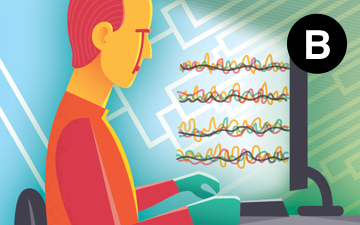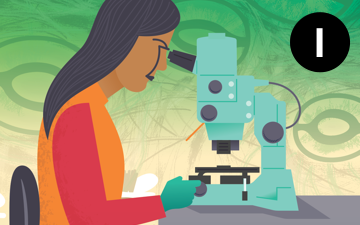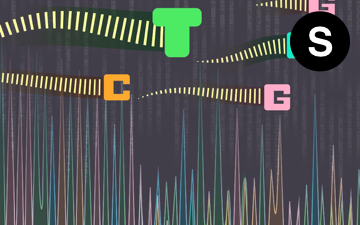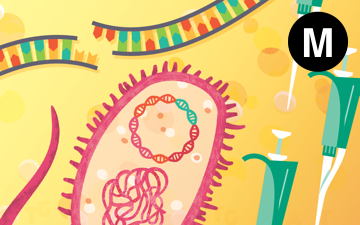Research Technique

Bioinformatics
Research Technique
Using computers to store, organize, & analyze biological data. The exponential growth of data from next-gen sequencing has made bioinformatics essential to genetics research.
EXAMPLES: genome assembly, genetic variant detection, and sequence alignment.

Genetic Analysis
Research Technique
Generation and propagation of organisms of the same genetic strain, allowing production of populations of organisms with defined mutations: to study traits, and to understand biological systems.
EXAMPLES: inbreeding, genetic crosses, cell culture, and mutagenesis

Imaging
Research Technique
The visual representation of an organism’s exterior and interior at different magnifications.
EXAMPLES: microscopy, radiography, fluorescent probes and biomarkers.

Sequencing
Research Technique
Determining the order of nucleotides of an DNA or RNA fragment. Sequencing may be applied to small and large amounts of nucleic acids, from a single gene to a whole genome.
EXAMPLES: Sanger Sequencing and Sequencing by Synthesis. Next generation sequencing techniques.

Molecular Genetics
Research Technique
Lab methods that manipulate tissue, DNA, and protein to study the structure, function and interaction of genes.
Examples: extraction, cloning and amplification of RNA and DNA, gene knockdown and mutagenesis.